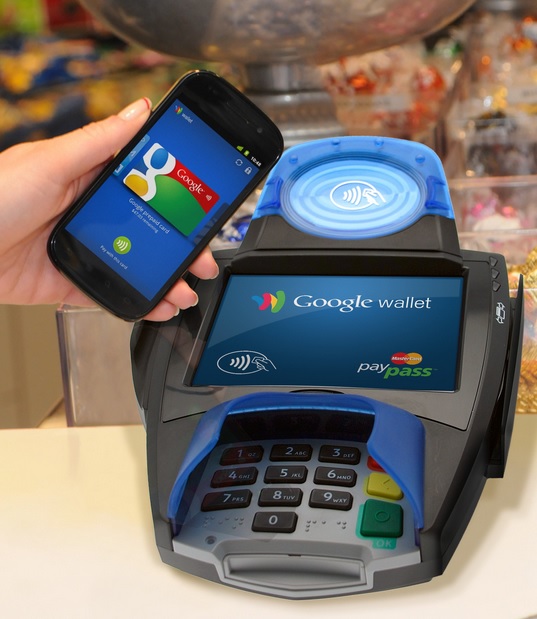As smartphones become more ubiquitous in established markets, traditional business models have begun to quickly shift and adapt. Entire markets based on specific technologies have been wiped away by a handful of smartphone apps. The instant access to information that smartphones provide has also superseded a number of traditional information-based businesses.
Perhaps more than any other, the retail industry will have to change significantly in the face of advancing mobile technology. With an ever-growing variety of products available online, physical retailers are now competing with both massive online retailers and niche product sites that do not have the overhead of real retail locations.
Specifically important to physical retail channels is combating the phenomenon of “showrooming” – when customers use retail stores to look for products they intend to order online. In recent years physical retailers (such as Best Buy) have begun to combat showrooming with price matching and service schemes, with varying success.
Market research firm ABI Research today released its quarterly “Retail Technologies” report, which predicts some of the changes coming to the retail industry. The firm believes that technologies related to NFC, RFID, apps, analytics, and even signage will “revolutionize” the retail space, turning it into something that might not have been recognizable even just a few years ago.

Smartphones create a platform on which to unite the variety of different technologies deployed in-store,” said Dominique Bonte, practice director at ABI. “This creates huge potential to significantly improve the customer experience as well as streamline existing pain points such as staff efficiency, product discovery, queue management, coupon redemption, linked loyalty programs, and closing the redemption loop on offers/advertising.”
The most obvious application of smartphones for retail come on the customer side. Retailers (especially grocery stores) are now offering well-designed apps tuned to keep consumers engaged with stores and their products. These apps are a direct way for brands to manage their customer relationships by providing discounts, coupons, and other offerings that keep consumers coming back to physical retail locations.

These same apps can serve as a vector for roping consumers into loyalty programs. Online wallet services may already be ahead in that space, but retailers have the advantage of mailers and employees to help push adoption of such programs.
In addition to consumer-facing applications, smartphones could end up significantly altering the point-of-sale systems that businesses use. Already some retailers are using associates with smartphones to help relieve POS lines and check customers out while on-the-move. Holiday shopping customers will see more of these systems than ever in the coming months.
NFC mobile payments and mobile wallet services are finally rolling out in the U.S. and Europe. Though Apple has resisted leading the NFC industry by leaving the technology out of its iPhone devices, banks and mobile providers have already invested heavily into NFC infrastructure.
For consumers, NFC technology will mean easier, faster payment processing and a reduced need to carry around cash or credit cards. For retailers, the ease of mobile payments with NFC and competing technologies will mean faster POS interactions and less employee overhead.

Another, more radical change coming for retail could be the tacit adoption of showrooming as an alternative to retail sales. ABI believes there is plenty of opportunity for retailers to take on lucrative advertising contracts for their in-store displays and signage. With convenience and pricing now being won by online retailers, the physical space that retailers inhabit could be among their most lucrative assets.
This advertising opportunity could easily extend to retailers’ new apps. Indoor location services technologies are ramping up and hold the promise of pinpointing customer desires in a way that only online retailers currently can. Consumers browsing store shelves in the near future could soon begin receiving competitive offers from the brands they are comparing in real life.
“Smartphones will completely revolutionize the existing analytics, CRM, digital signage, loyalty and POS markets, not to mention opening up a whole new medium for retailers to sell advertising to brands,” said Patrick Connolly, senior analyst at ABI. “Major grocery stores generate as much as 20% of total revenue from standard in-store branded advertising today. Imagine the potential of personalized in-aisle advertising.”
Even just a few of these technologies becoming widely adopted in the retail space would be enough to change the industry in significant ways. Inferring from Apple’s success in the retail space, store locations could increasingly become true showrooms for products as store employees begin to take on the role of marketers for different brands.
Malls of the future could become only extensions of online services and businesses, with customers perusing specific products in small, branded kiosks before making split-second purchases with their smartphones. With these same technologies affecting the distribution industry as well, those products could even be waiting for customers at their doorstep as they return home.





